 w This is a picture of me on stage at a trade show talking about Sources and Trends of Color. I'm showing you this because the two color boards I'm holding up are exactly 20 years apart for the forecast trends of those years. Which years, you ask? One is 1980 and the other was the predictions for 2000. Colors cycle and in a specific order. They cycle from dark to light, meaning black and white added, and around the color wheel. We are now in the 2020's so I'm expecting all these colors to show up again... and they are! When a new color is introduced into the market, it always appears in it's darkest form and as an accent color. Gradually you will see more and more of it until it's available in large quantities and coverage like carpets and wall paper in home decor, and all over the fashion, gift and tableware. When I was doing research for the trends for the turn of the century, I found a magazine from Australia that predicted that by the decade we are living in now we would be "cyber slaves" to our electronic devices. And as I look around, the current color trends are showing up on digital watches, cell phone covers, and lap top finishes. So even though we have indeed become "cyber slaves" we are also making personal statements with the colors of our preference for our devices. In my teaching on merchandising and display, when it comes to color, the trends are less important than the placement of the products you have in stock. Color closes sales and color counts in terms of avoiding visual confusion. Showing more products in less space works when you Group 'n Space based on color, pattern, and style, then shape and size, in that order. When colors are scattered and not organised for specific focal points and features that tell a clear story and help the shopper to focus, then there is visual confusion, chaos, and conflict. The shopper is distracted or unable to make the right distinguishing difference to make a choice and a purchase.
Look at the illustrations below and see how they are color blocked. Does it make it easier for your eye to land on just the right group and then move around comfortably in that group to make a selection? Do you notice how the colors enhance the patterns and the styles? Take the table ware for example and notice the color, pattern, and style of the sets. This kind of merchandising and display, regardless of which decade we are in right now works to increase traffic, sales, cash flow and profits. Shoppers love it when they can browse with enjoyment and no stress to find what they are looking for, or fall in love with an item they didn't know they wanted and make an impulse purchase. This is all good for you, but more than that, when your store is organised around color it makes it easy to find the perfect homes for new items coming in, or those 'onesies' left over from a line. SO... don't discount, DISPLAY... and do it with color!
0 Comments
On the Home Page of my website you will see these Quick Notes for sale. As is! They are from consulting, instructing and public speaking, for clients, including International Gift Shows. These are the topics my clients ask for. I developed them using my trademark Merchandising Methods. Usually with no more than 60 minutes to present, I chose four page handouts with sketches which people seem to love! They were never left on the seats and often asked for to take back to shops for employers or staff. Since I am now an Online Course Creator and am looking at all the content I have taught for many years, I have decided to turn them into FREE videos on YouTube and expanded On Line Courses for a FEE on the Thinkific Platform.
These Quick Notes are in the most summarised form possible and are available to download for instant readable basic notes, or steps for each topic. For the next more expanded version with some details noted from me, you can go to YouTube and search "today's displays" and check out my channel. Then when the courses are online and ready to go, if you Subscribe, or download any FREE offers with your contact email, I will be happy to let you know when each course is available. Happy Selling... and check out your Image today for Improvement.  Here are the basic tips for having a great and successful Christmas Market pop-up display. 1. Know how much space you have, the size of your table, if that's what you are using, or how much space you are renting if you are bringing your own fixtures or tables. 2. Scout the facility, if you can ahead of time, or check online for previous markets to see how the space is set up with vendors in it. 3. Light is LIFE. Check out the lighting and find out if you can bring extra lighting for your products and any associated charges with that. (plan to take extensions cords and power bars) 4. Backdrops: A table cloth almost to the floor does several things. (1) it creates a visual backdrop for everything that's set on it. (2) It covers your storage bins and bags underneath out of sight. (3) It sets the mood for the theme of your pop-up and make sure it doesn't have a pattern that will compete with the features of your products. Solid is usually better. 5. Use Vertical Merchandising with risers, table top fixtures, and sign holders that are tall and hold up your merchandise or signs above the table. I even used a chair on a table once on which to drape some fabrics and show off a feature display, which was more visible from the distance. 6.Categorize your products into colors, patterns, and styles, or shapes and sizes. Color is the number one visual selling feature. 7. Group and Space: Leave space between different product groupings to avoid visual confusion. Separate patterns with solids if possible. Or place loose items in their own container, basket, or shallow bin with a sign attached. 8. Packaging and Gift Wrap. Make sure you have gift bags, ideally with your label on them, or customized. Have lots of tissue or packing material for safe transportation of delicate or breakable items. 9. Promote yourself. Have your business cards and brochures on hand to tuck into each bag or just offer passersby. If you do special order or custom work, have a sign, or brochures that detail that. 10. Find out who is shopping. This is done with a door prize. Ask for enough information to find out where people are coming from... so at least their city or town should be listed and the way in which they would like to be contacted when they win. DO NOT SIT stagnant behind your table. Sit on a stool or stand so you are at eye level with the shoppers. Make eye contact. Smile and engage in social chit chat or begin to point out some features of your products, or services. Or ask questions like, "Are you enjoying the show? Do you come to this every year? Even resorting to commenting on the weather is a feel good moment. Don't forget... some shoppers will browse the entire show before they begin to shop and often come back around. Most of all give yourself enough planning and rest ahead of time so you feel excited and ready for the event. Both setting up and taking down. Drink lots of fluids and bring healthy non-sticky finger foods snacks to keep your energy up. |
Linda McKendryVMP Display Consultant for 25 years. Consulting, Instructing, Public Speaking and Writing. Archives
March 2024
Categories |






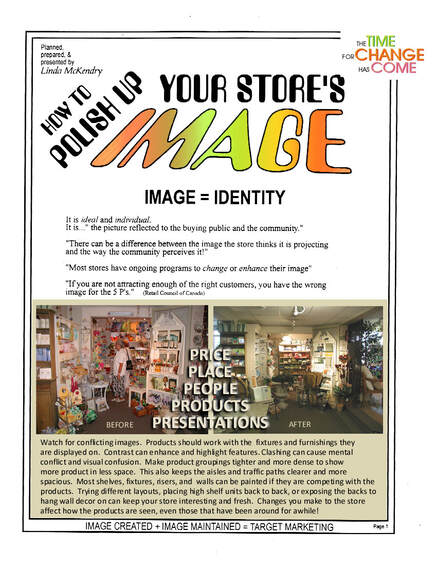
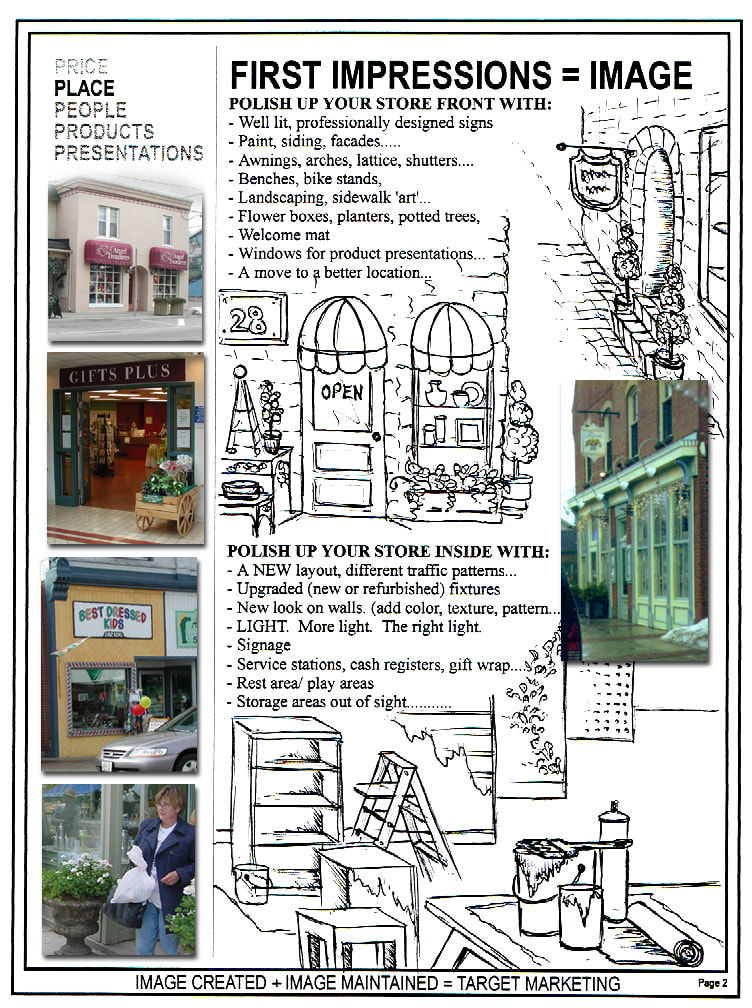
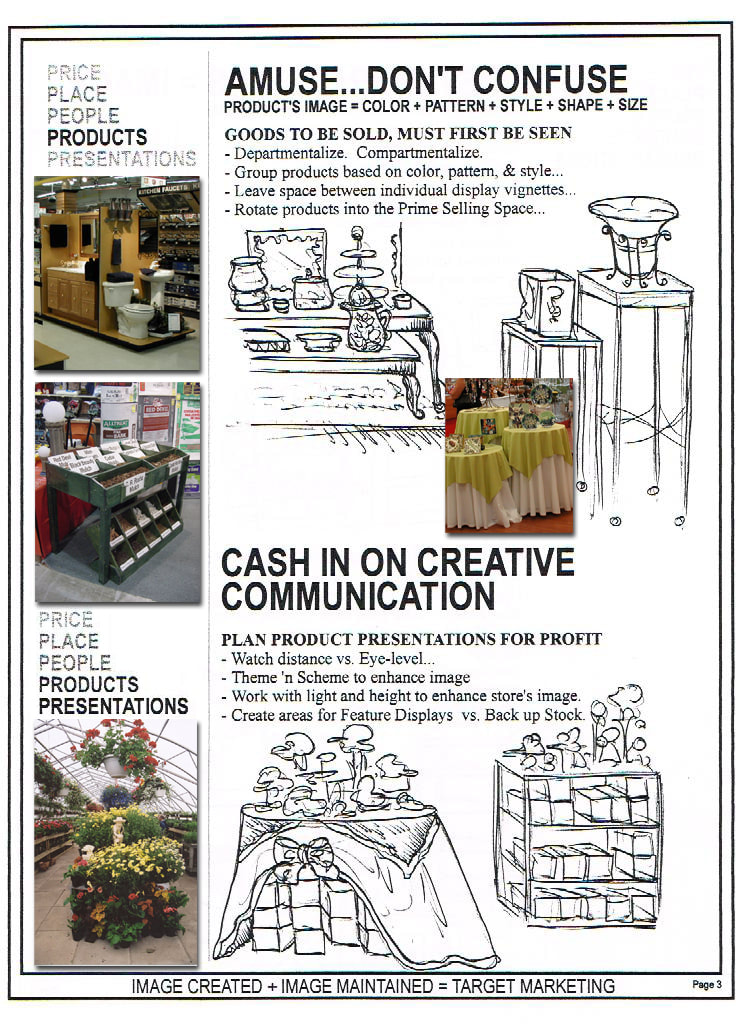
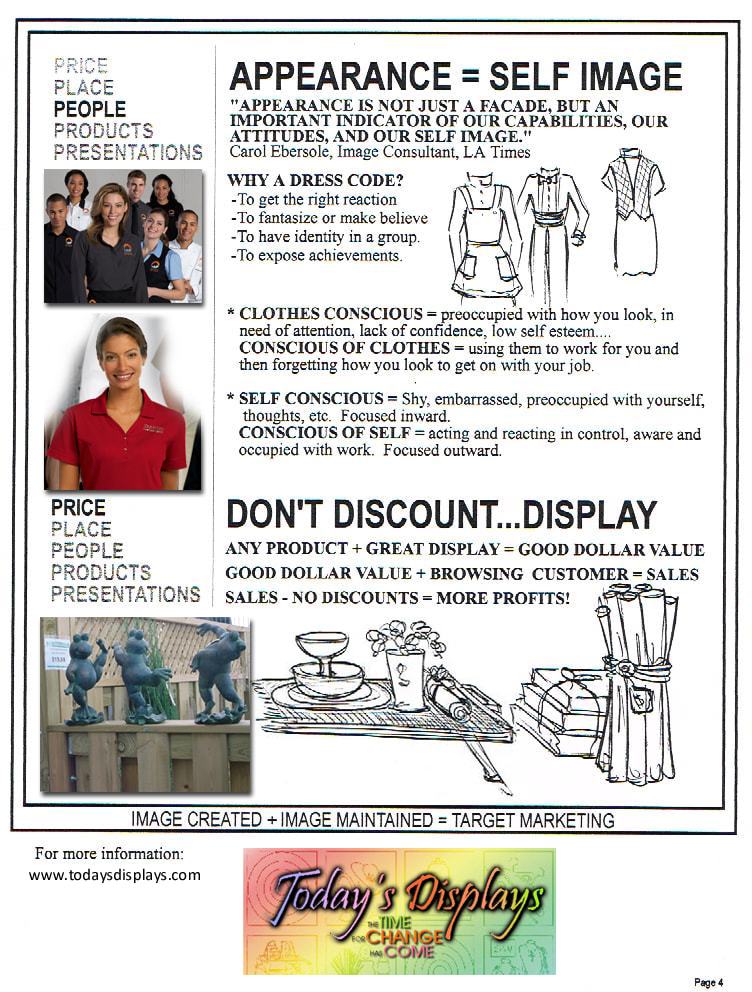
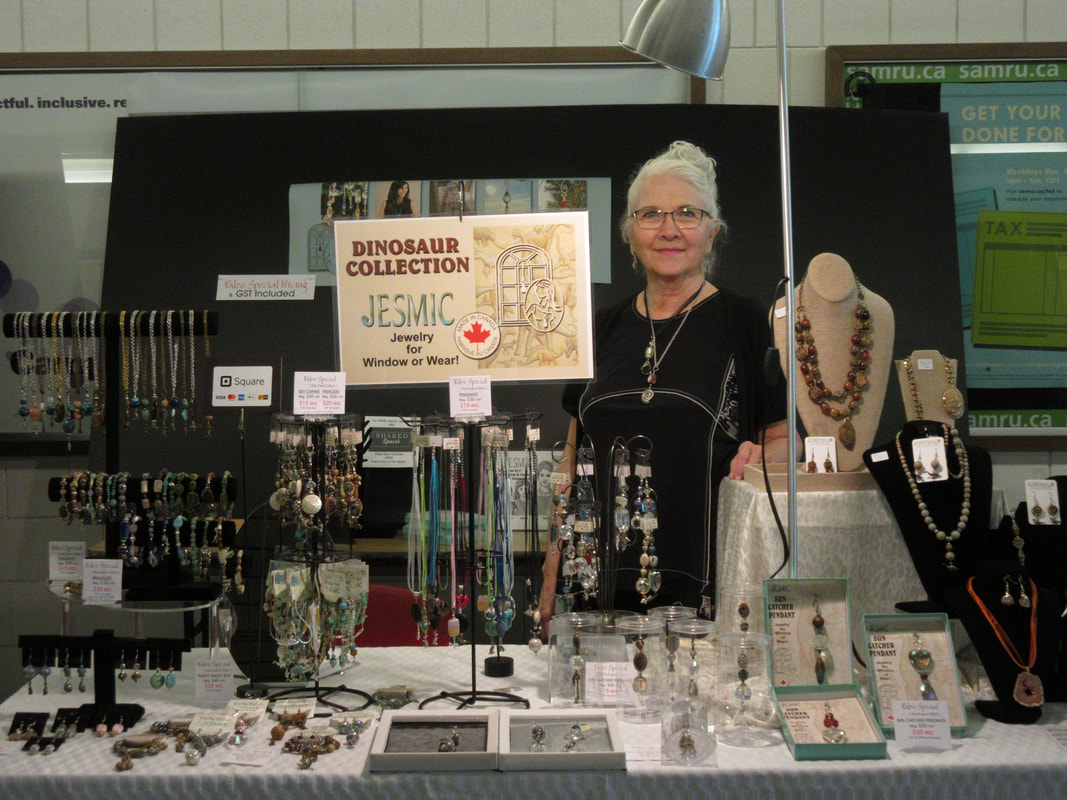

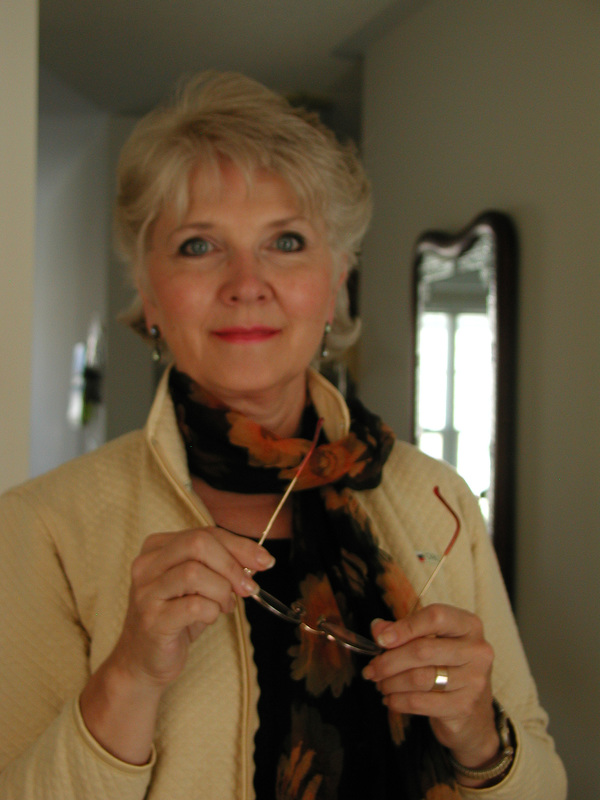
 RSS Feed
RSS Feed